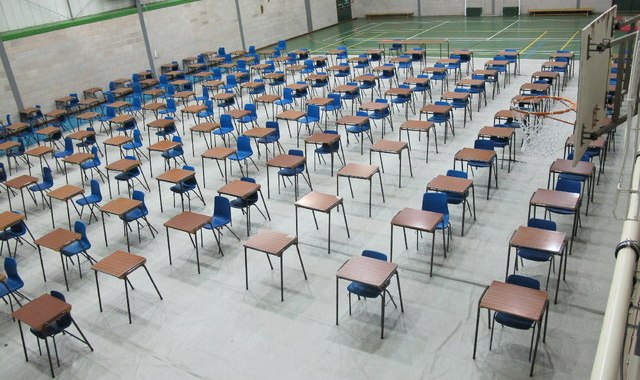It almost goes without saying that education is the key to success. But it does still need to be said, because huge achievement gaps in primary and secondary education stubbornly persist in both the United States and the UK. Children from different socioeconomic, ethnic, and geographic backgrounds are simply not awarded the same educational opportunities, a discrepancy that has profound consequences for their chances later in life. This gap is often quantifiable. For example, why is it that in 2008 test scores for black seventeen-year-olds in the US, as opposed to their white seventeen-year-old peers, reflected a difference in learning approximately equivalent to three fewer years of school? Why are there two black Caribbean students for every three white British students in the highest testing tier at age fourteen, even when these students’ test scores at age eleven were equivalent? Clearly, something crucial is missing in the approaches that both countries currently take to educating diverse groups of students. The question that follows is whether current policy is capable of addressing these trends, and, if not, what the most effective and efficient policies might be. Continue reading “How do we fill in the Gaps in Education Policy? A Look at the US and the UK.”

